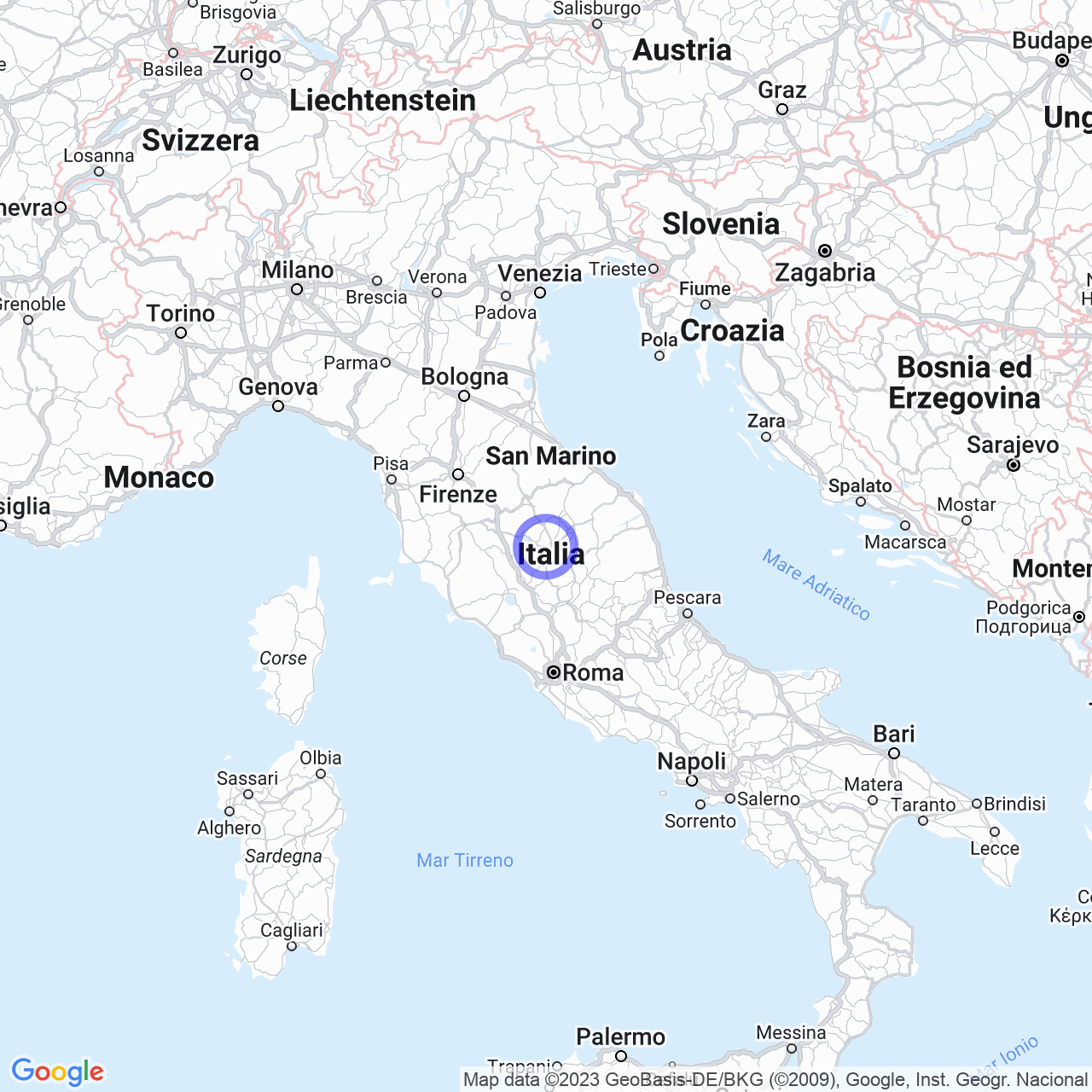Pila
Discover Pila, the Umbrian village rich in history and nature
If you're looking for a place to relax and immerse yourself in the history and nature of Umbria, you simply must visit Pila. Situated 12 km southwest of Perugia, along the Strada delle Settevalli at 395, this small town is a hidden gem full of charm and beauty waiting to be discovered.
The history of Pila
Pila has ancient origins: remains of wall structures and tombs dating back to Etruscan and Roman times testify to settlements in the area since remote times. One of Pila's treasures is the Etruscan statue "l'arringatore", 1.80 meters high in bronze and preserved at the Archaeological Museum of Florence. The statue represents the character Aule Metele addressing the crowd and is dated to the 1st century B.C.
In the Middle Ages, the castle of Pila, called "castrum plani pilae", served as an observation and control point for the entire territory west of Perugia. The castle then passed into the hands of important personalities, such as Cardinal Francesco Armellini de' Medici and the Della Penna family.

The society of Pila
In recent years, the area of Pila has experienced strong population growth: from 1,351 inhabitants in 2001 to 2,754 in 2011. Nevertheless, Pila still maintains a peaceful and relaxing atmosphere, where people know each other and greet each other on the street.
The economy and events in Pila
The territory of Pila is characterized by the production of high-quality agricultural products, such as wine made from Sangiovese, Trebbiano, and Grechetto grapes, produced by the Goretti wineries, which have established themselves as producers of excellent wines. In addition, there are also commercial activities where it is possible to buy high-quality clothing and footwear.
Pila is famous for its festivals, in particular the Sagra della Torta al Testo, which takes place in June, and the more recent Sagra del Peperoncino. During these festivals, visitors can taste typical dishes of Umbrian tradition, such as torta al testo, a kind of stuffed pizza with cured meats, cheeses, and seasonal vegetables.
Monuments and art in Pila
If you love historical and artistic heritage, Pila is the ideal destination for you. Among the most important monuments and works of art in the village are:
- Villa Umbra, built on the structures of the castle. The entire complex is surrounded by a wall and the interior spaces are tastefully decorated. Today, the villa has been purchased by the Province of Perugia and has been used as a school for advanced training for public administration officials.
- The parish church, built in pseudo-Gothic style on the remains of the old church dating back to the 16th century. Inside the church, there are several finely crafted altars and a wooden crucifix from the 16th century. The walls are adorned with polychrome stained glass fused at the beginning of the 20th century by the Perugian painter Giuseppe Pennacchi.
- The church of S. Lorenzino.
- The church of S. Ilario, built at the end of the 16th century.
- The church of the Madonna della Croce del Trebbio, a funeral chapel in travertine stone placed along the main road.
- The Etruscan-Roman well, damaged during World War II and rebuilt in 2005.
In conclusion, Pila is a small village immersed in the Umbrian nature, where history and tradition merge perfectly with the present. If you want to discover this pearl of Umbria, don't hesitate to book your next weekend in Pila.
